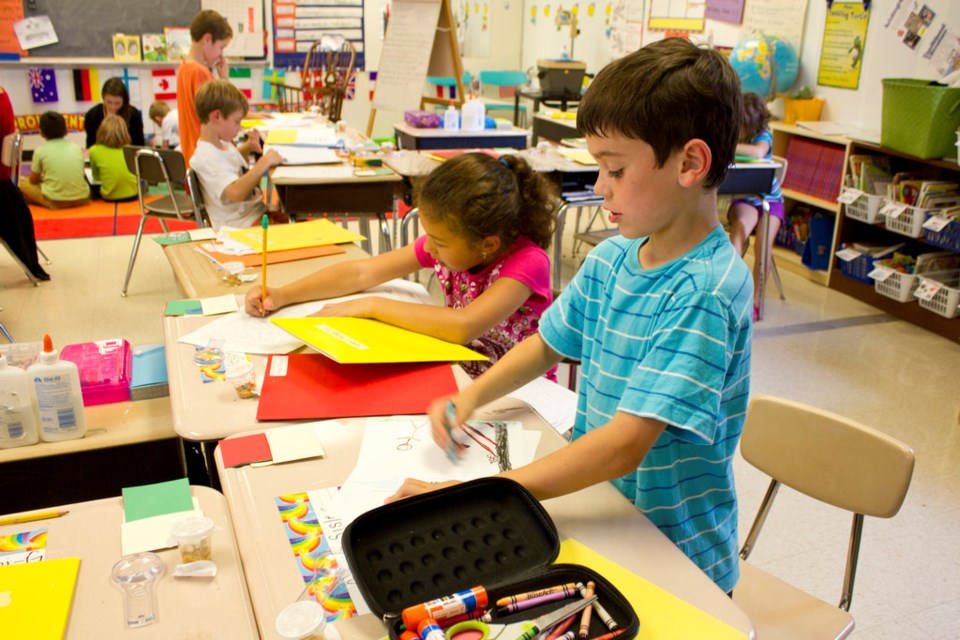Alberta’s new K-to-4 curriculum will roll out in select schools starting next fall, and St. Albert educators say they’re excited by what they see.
Education Minister David Eggen released the latest drafts of the new K-to-4 curriculum Wednesday. The draft was very similar to a previous version tabled in July, except with clearer language and more detail.
The draft is part of an ongoing review of the K-12 school curriculum that started in 2016. The province hopes to revamp the curriculum, parts of which are more than 30 years old, by 2022.
The draft incorporates literacy, numeracy and critical thinking into all subjects, instead of limiting them to just Language Arts and Math, Alberta Education officials said in a background briefing. It also requires students to memorize certain math facts (for example, the times table up to nine times nine) and perform basic division and multiplication without a calculator.
The new curriculum is less prescriptive and more flexible in how subjects are taught, and puts more emphasis on concepts than process, said Catherine Coyne, curriculum services director with St. Albert Public Schools.
For example, instead of having students study India and Tunisia in Social Studies to learn about diverse worldviews, the new curriculum would let St. Albert students do so through St. Albert history. Students would still have to memorize the times tables, but would also have to learn how multiplication actually works so they can solve problems not on the table.
The draft Math curriculum emphasizes computational thinking in students, which would help them learn to code and work with computers, said Sally Rudakoff, district numeracy co-ordinator for St. Albert Public. It also introduces fractions – an important concept when it comes to activities such as sharing – in Grade 1 instead of Grade 3, and includes explicit references to real-world applications such as counting cash.
Indigenous perspectives are also now found everywhere instead of just in Social Studies, Coyne said. Science students might consider how First Nations people would interpret a certain phenomenon, for example, while phys-ed kids might practice Indigenous games. These changes should help students better appreciate diverse views.
The draft Wellness curriculum has teachers introduce the concept of consent (something not covered under the current curriculum) in Grade 2, but would discuss related ideas such as personal space and property as early as Kindergarten. Physical changes related to puberty would not turn up before Grade 4, as is currently the case. The draft does not directly reference LGBTQ relationships, but does discuss healthy relationships and the need to respect diversity.
Alberta Education officials said the draft curriculum would likely be field-tested at select schools in the 2019 school year, meaning it would not roll out province-wide before 2020.
Coyne and Rudakoff said they had no major problems with the draft and were excited by its possibilities.
“I think it’s going to be an important change for our students and teachers,” Coyne said.
The province plans to hold information sessions about the draft before the education minister signs off on it later this year. The draft can be found at https://new.learnalberta.ca.



